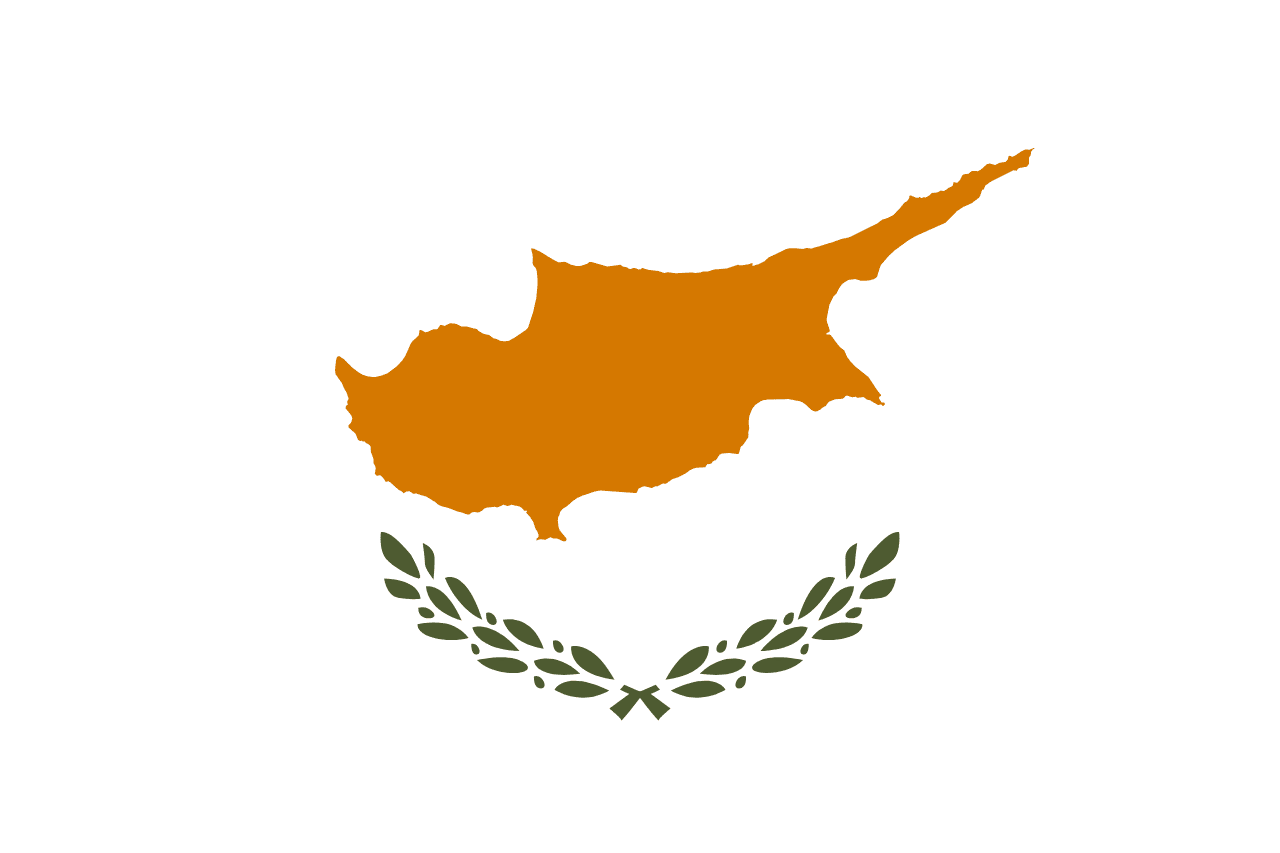The flag of Czechia, also known as the Czech Republic, features two equal horizontal bands of white (top) and red (bottom) with a blue isosceles triangle extending from the hoist side. This distinctive design combines simplicity with rich historical symbolism, representing the nation's past and present.
Czech Republic information
| National Flag Day | — |
| Sovereign state | Yes |
| Official name | Czech Republic |
| Capital | Prague |
| Population | 10,689,217 |
| Area | 78,866 km² |
| Currency | Czech koruna (CZK) |
| Language | Czech |
| Continent | Europe |
| Region | Central Europe |
| Subregion | — |
| Borders | Austria, Germany, Poland, Slovakia |
| Timezone | Central European Time (CET) UTC+1 |
| Calling code | +420 |
| Top-level domain | .cz |
History of the Czech Flag
 The current flag of Czechia was officially adopted on March 30, 1920, following the establishment of Czechoslovakia after World War I. However, its origins can be traced back to the medieval Kingdom of Bohemia. When Czechoslovakia peacefully dissolved into the Czech Republic and Slovakia in 1993, the Czech Republic retained the flag, while Slovakia adopted a new one.
The current flag of Czechia was officially adopted on March 30, 1920, following the establishment of Czechoslovakia after World War I. However, its origins can be traced back to the medieval Kingdom of Bohemia. When Czechoslovakia peacefully dissolved into the Czech Republic and Slovakia in 1993, the Czech Republic retained the flag, while Slovakia adopted a new one.
Interestingly, the blue triangle was added to the original red and white bicolor to distinguish it from the Polish flag, which also features white over red. This addition not only solved a practical issue but also incorporated representation for Moravia and Silesia into the national symbol.
Symbolism and Design of the Czech Flag
The Czech flag's design is rich in symbolism, reflecting the country's history and regions:
- White and red bands: These colors are derived from the coat of arms of Bohemia, the westernmost and largest historical region of the Czech lands. White represents the purity of the nation's intentions, while red symbolizes the blood shed for freedom.
- Blue triangle: This element represents Moravia, a historical region in the eastern part of the Czech Republic. Some interpretations also associate it with Slovakia, reflecting the country's history as part of Czechoslovakia.
- The overall design: The combination of these elements symbolizes the unity of the Czech lands and the country's democratic values.
Usage and Significance of the Czech Flag
 The Czech flag is a powerful symbol of national identity and pride. It is prominently displayed on government buildings, schools, and during national holidays such as Independence Day on October 28. The flag plays a crucial role in state ceremonies and is often waved enthusiastically by Czech citizens during international sporting events.
The Czech flag is a powerful symbol of national identity and pride. It is prominently displayed on government buildings, schools, and during national holidays such as Independence Day on October 28. The flag plays a crucial role in state ceremonies and is often waved enthusiastically by Czech citizens during international sporting events.
In everyday life, the flag serves as a reminder of the country's hard-won independence and its commitment to democracy. It's not uncommon to see the flag displayed in private homes or incorporated into various forms of national celebration and cultural expression.
Interesting Facts About the Czech Flag
- The Czech flag is one of the few national flags that survived the dissolution of a larger state (Czechoslovakia) without any changes to its design.
- The proportions of the flag are 2:3, meaning the width is two-thirds of the length, a common ratio for many European flags.
- During the communist era (1948-1989), the flag remained unchanged, unlike many other Eastern Bloc countries that added communist symbols to their flags.
- The specific shade of blue in the triangle is not officially defined, leading to slight variations in representations of the flag.
- In Czech heraldic tradition, the nation is often personified as a two-tailed lion, which appears on the country's coat of arms but not on the flag.





